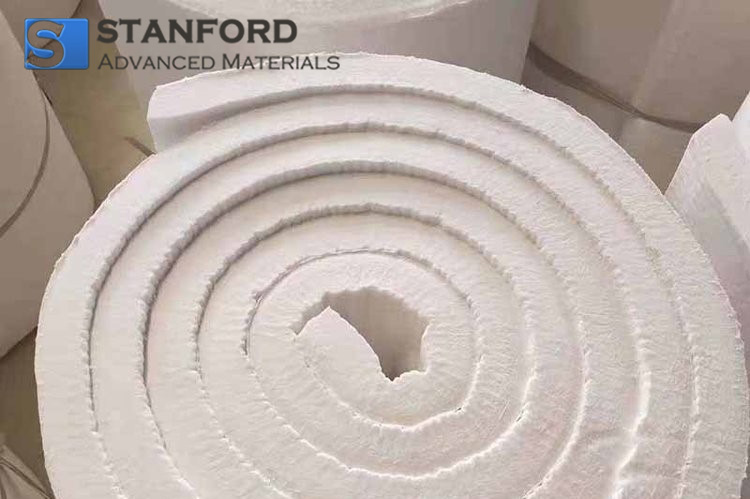- Products
- Categories
- Blog
- Podcast
- Application
- Document
CF2143 Ceramic Fiber
| Catalog No. | CF2143 |
| Material | Al2O3, SiO2, ZrO2, Cr2O3 |
| Appearance | White/blue-green fiber |
Stanford Advanced Materials (SAM) has over 2 decades of experience supplying refractory ceramic fiber of high quality at competitive prices. We are also able to customize this product as per your specifications.
Related products: Ceramic Fiber Board, Ceramic Fiber Paper, Light Mullite Brick
INQUIRY
Add to Inquiry List
Description
Specification
LATEST RECOMMENDED
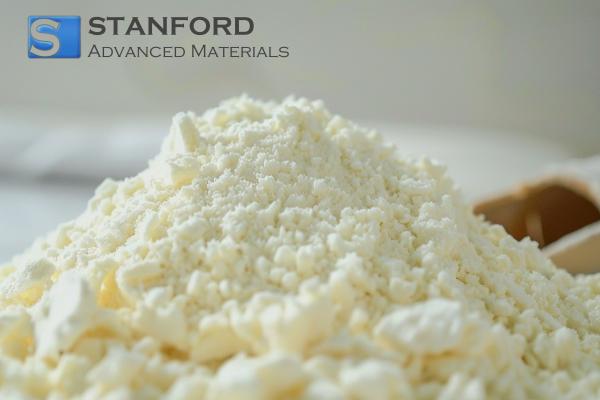
YSZ1870 Yttria Stabilized Zirconia Nanopowder( YTZP/YSZ Nanopowder)

GR0191 Pyrolytic Graphite Crucible
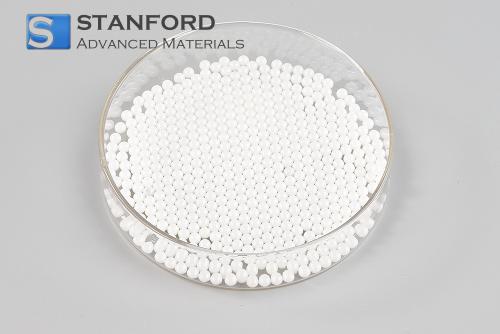
ZC0516 Yttria Stabilized Zirconia (YSZ) Grinding Media
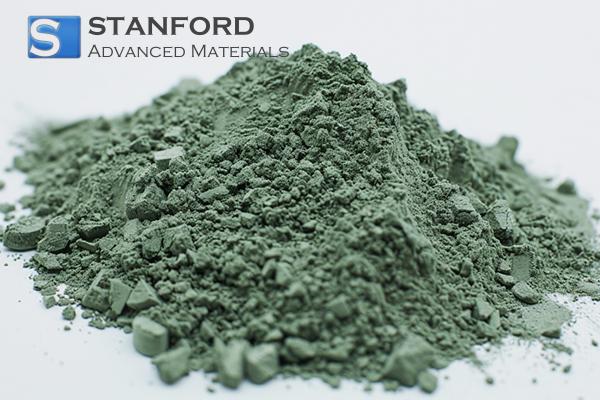
SC0892 High Purity Silicon Carbide Powder (SiC Powder) (CAS No.409-21-2)
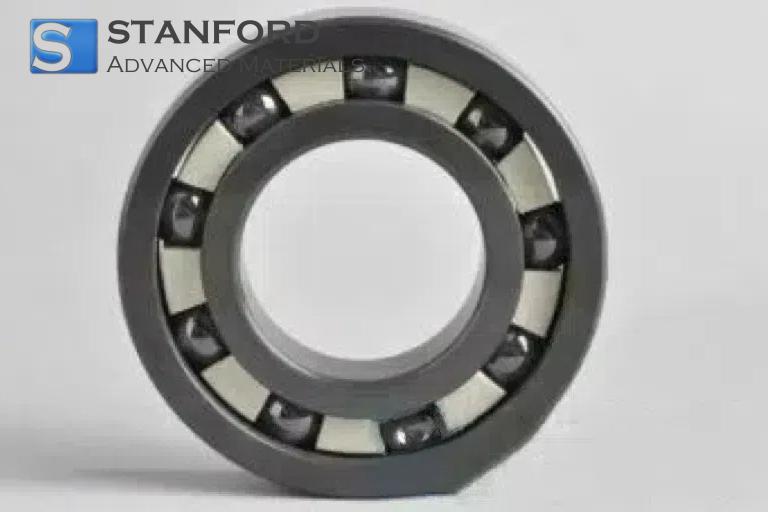
SC0893 Silicon Carbide Bearing (SiC Bearing)


AC2467 (Discontinued) Aluminum Oxynitride Transparent Ceramic, ALON
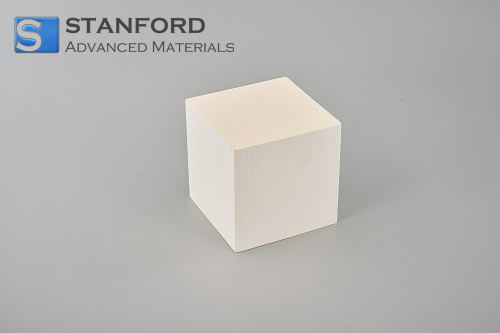

AC2691 (Discontinued) Alumina Ceramic Honeycomb
.jpg)

CM4013 (Discontinued) Ammonia Synthesis Catalyst (Iron-Cobalt)
GET A QUOTE
Send us an Inquiry now to find out more Information and the latest prices,thanks!

